It’s Garden Time!
Here in the northeast there is still a bit of snow on the ground, but I suspect that it will be gone in a matter of days. Then the race to plant the garden is on! I have already recently planted some paprika seeds inside as well as a few “gem” marigolds and a bit of kale and Brussels sprouts.
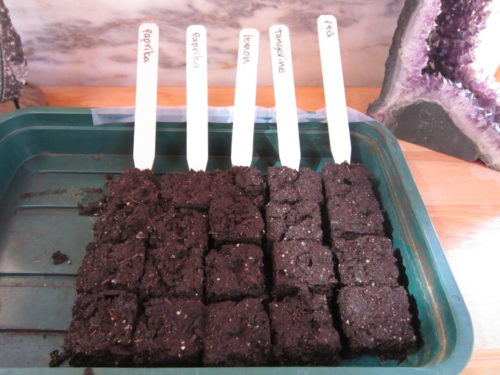
I am also greening my seed potatoes by placing them in a northern window where they will get bright light but no Sun.
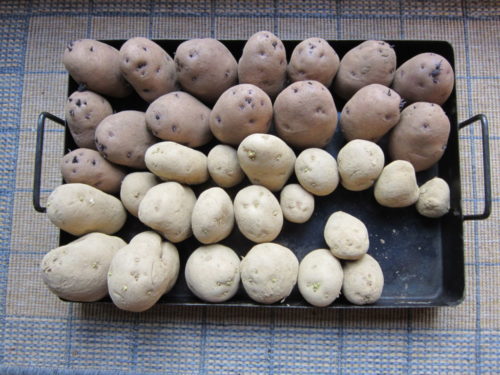
They will begin to put out some tight sprouts which will help to increase the harvest.
You need to have a really sunny southern window and/or a greenhouse to start plants that are sensitive to frost now. If plants don’t get enough Sun, they get leggy—they grow up too thin and will have a hard time supporting themselves. Leave the early starts to the nurseries if you don’t have a proper spot.
Yet, there is plenty that can be planted in the ground now. Peas and snow peas love the cold.
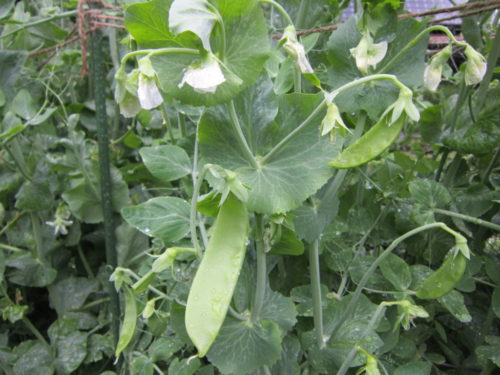
Once the soil has dried out some, I add my amendments; Azomite powder, organic alfalfa meal, kelp meal and compost or aged manure. I sprinkle the first three with a dusting on top then put on a good inch or two of compost or manure. Then I use a broad fork or pitchfork to gently loosen the soil, raking it flat at the end.
I never rototill or otherwise turn the soil. In nature, the leaves fall to the ground and decompose from the top down. This allows the worms and all the micro-organisms to keep their structures and pathways intact. When the soil is turned, it’s like a tornado hit this community and there are many casualties. It also exposes lots of weed seeds to the air for germination. A better garden and a bigger harvest occurs when the soil isn’t disturbed.
With peas and snow peas, I get the bed ready, then I broadcast the seeds. This means that I throw them everywhere and not just in rows. In “Crockett’s Victory Garden,” James Crockett said, “If you are stingy with your peas, they will be stingy with you.” So I generally put out lots of peas. Then I push them an inch down with my fingers and dust some dirt over them. Peas need something to climb on, so I place some tomato cages into the ground and tie them together for support. A trellis, chicken wire or some sticks from the woods could also be used. Water well at the end and keep the top inch of soil wet until the plants emerge.
Lettuce can also go into the ground now.

I generally prepare an entire 10-12 foot bed, but only plant a couple of feet at a time. Lettuce gets bitter as it ages, so I like to have the sweet stuff instead. That’s why I plant a couple of feet every ten to fourteen days all summer long. This is another crop that I broadcast. I will save ½ inch of the compost or aged manure to throw on top of it once it is planted. Again, water well and keep the top wet until it shows itself. I give the initial thinnings to my chickens, but once the leaves are the size of a soup spoon, I bring them in to eat. Yum!

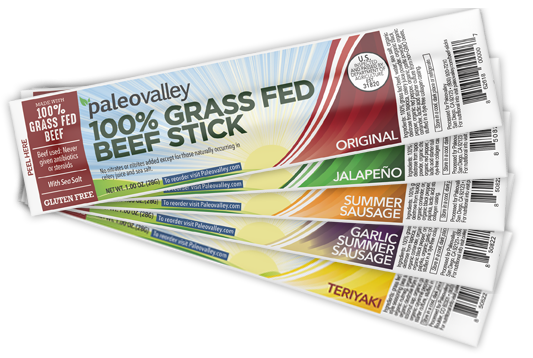


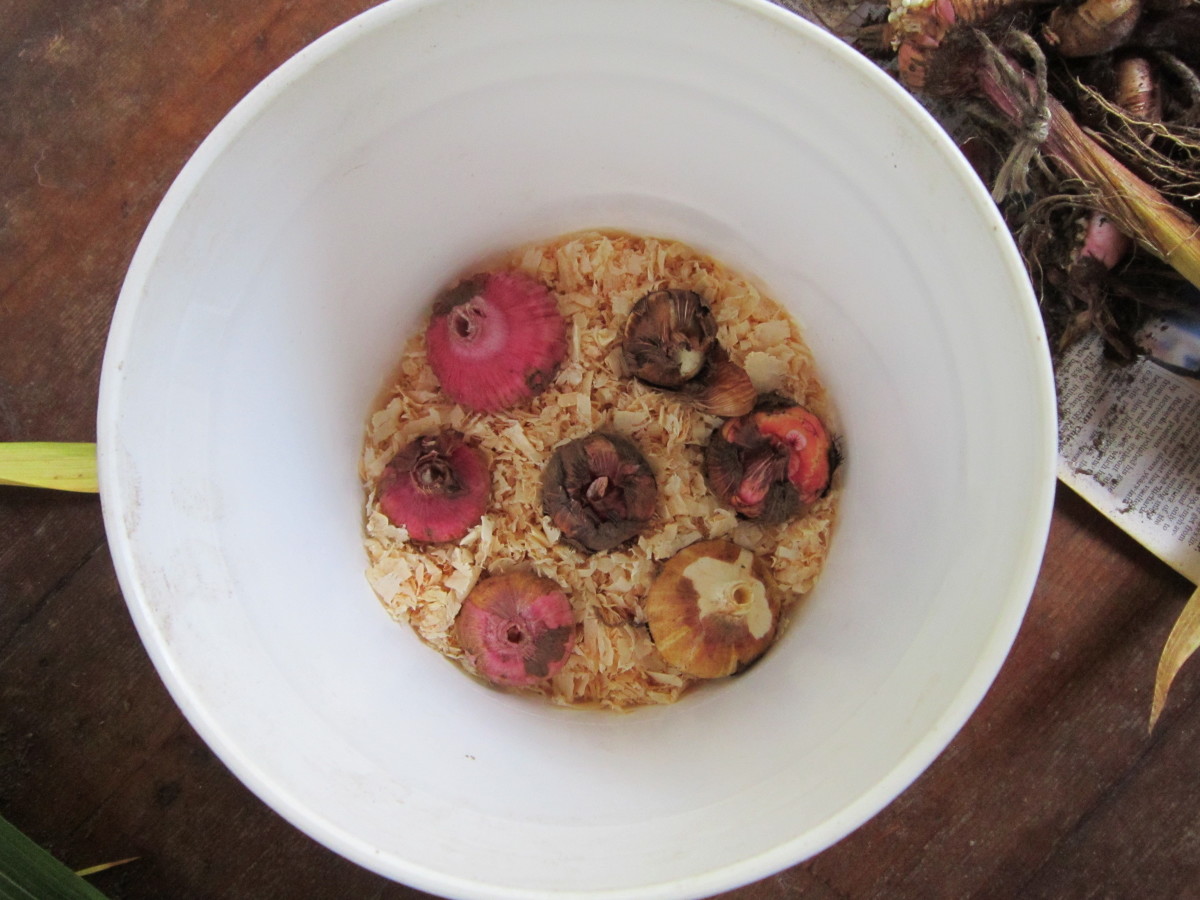
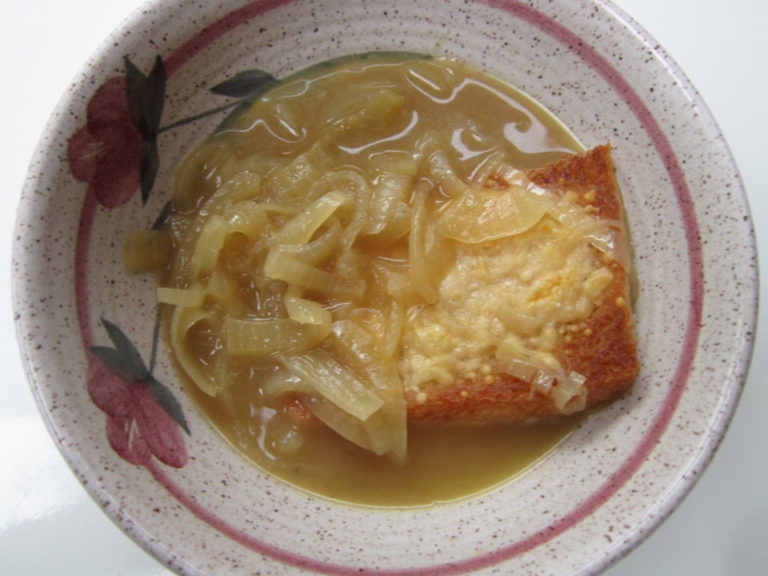

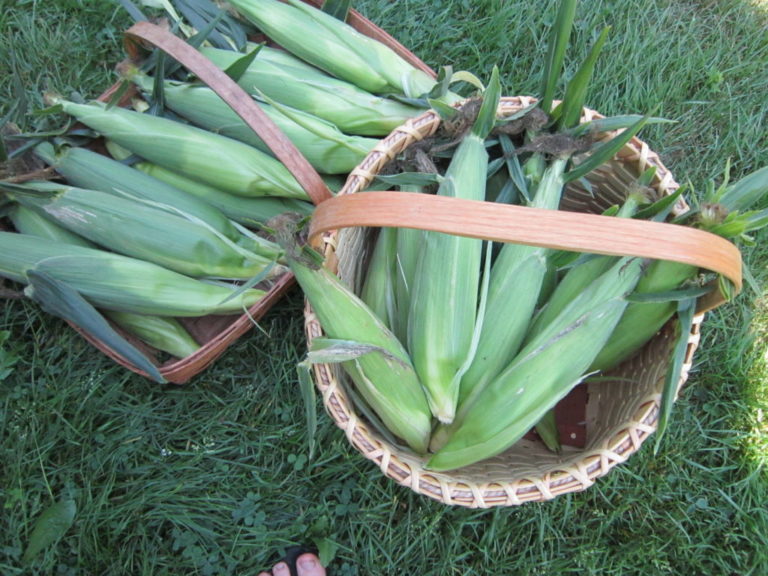
Here in Texas we have been already harvesting kale, spinach, basil, etc. but it is also the time of year bugs start to move in. We have traditionally used a spray combo of water, dish soap and mouthwash, but this doesn’t always do the trick. Can you please tell me what you use to keep the bugs from taking over the garden. Thanks
I do use a few companion plants to keep the bugs away. Marigolds work well for the brassicas and nasturtiums work well for the cucumbers. Other than that, I go out early in the morning and pick off the bugs. I put them into a container with some water and bring them down to feed to my chickens. If you don’t have chickens, a bit of soap in the water will kill them.
Hi Celeste,
This will be my first time planting a garden. I have a location for the seeds which I plan to sow. What’s the best technique to remove the top layer of grass or sod? I saw newspaper?
Hi Nina, Yes, newspaper is one way to get rid of the grass. You can also put some black plastic down for a while. Good luck with your new garden!